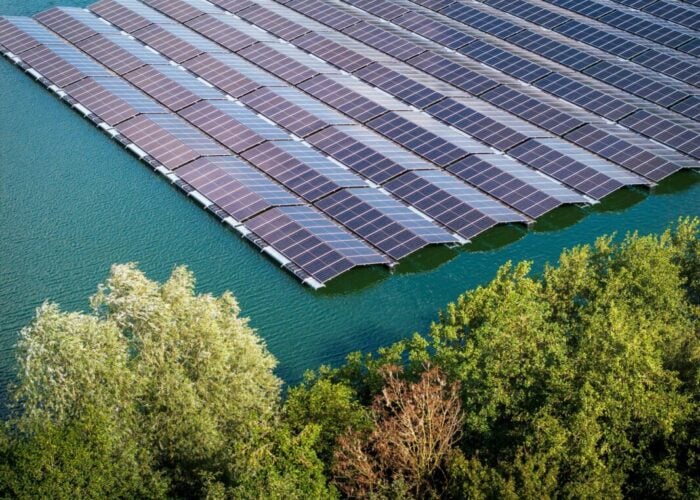Scorpius Trackers claims to be the first company to have pioneered a frictionless pivot system that does not require bearings for free movement in solar tracking systems. The Vader-xFP tracking system is claimed to have zero wear and tear of mechanical parts with less than 0.1% of the generated power being consumed for tracking a >1MW PV power plant.
Problem
The primary benefit of a tracking system is to allow the movement of PV modules in tandem with sun, thereby maximizing yield. However, limiting maintenance and yield loss is crucial for the lowest LCOE. Eliminating bearings in tracker systems could reduce costs and provide improved system performance over the lifetime of the system.
Try Premium for just $1
- Full premium access for the first month at only $1
- Converts to an annual rate after 30 days unless cancelled
- Cancel anytime during the trial period
Premium Benefits
- Expert industry analysis and interviews
- Digital access to PV Tech Power journal
- Exclusive event discounts
Or get the full Premium subscription right away
Or continue reading this article for free
Solution
The Vader-xFP uses a 'no bearings, maintenance free, frictionless pivot' technology. The company claims there is no requirement of lubrication for life of the plant (>30 years) and is completely immune to dust. Minimum power consumption of frictionless mechanism is claimed to be less than 0.1% of the generated power consumed for tracking a >1MW plant. The system also employs a backtracking algorithm that tries to minimize shading and maximize the angle between the panels. This is said to result in maximizing plant load factor (CUF) as the maximum amount of solar energy is harvested.
Applications
Tracking system for utility-scale PV power plants.
Platform
Since the mechanism is frictionless, less force is required to move a tracker – which means that no external power source is required to move the panels, up to 150 KW can be moved using a 7Kg force. Typically, in 1 MW, 800-1000 of the xFP’s will be required, accompanied by a lifetime replacement guarantee.
Availability
July 2013 onwards.






